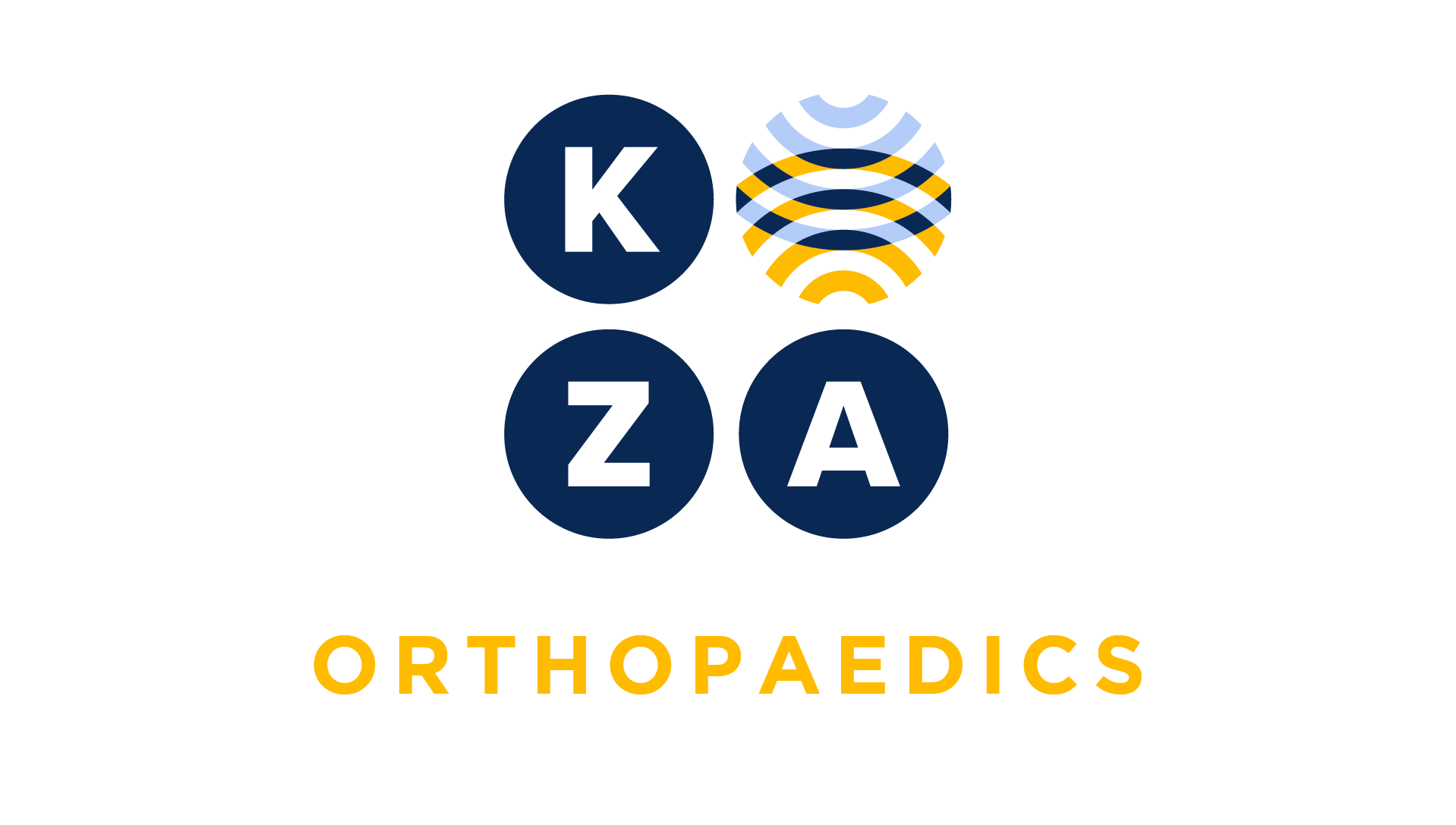
Choose your specialty from the list below to see how our experts have tackled a wide range of client questions.
Looking for something specific? Utilize our search feature by typing in a key word!
Hip Injection with Fluoroscopy
A physician in our group is taking the patient to the surgery center for a hip injection using fluoroscopy. We know CPT code 20611 includes ultrasound guidance but is fluoroscopy also…
Question:
A physician in our group is taking the patient to the surgery center for a hip injection using fluoroscopy. We know CPT code 20611 includes ultrasound guidance but is fluoroscopy also considered inclusive? I am looking at CPT code 77002.
Answer:
Thanks for your inquiry. Your question is appreciated. In reviewing the 2017 CPT Manual, we notice a revision to this code and a guideline parenthetical was added to CPT code 77002. The code was revised from a stand-alone CPT code to an add-on code. The guideline parenthetical lists primary surgical CPT codes where CPT code 77002 may be reported in addition to the procedure. CPT code 20610 (major joint injection) is included in this list.
Assuming all documentation supports the hip injection with fluoroscopic guidance the following services are submitted:
20610
77002-26 (the physician must add the modifier 26 as the procedure is performed in a facility location)
Assign anatomic modifiers according to payor policy.
*This response is based on the best information available as of 04/27/17.
Registered Nurse FA (First Assistant) vs. a Formal Mid-Level Provider (PA, etc.) Billing Difference
Is there a difference in billing and especially reimbursement for a registered nurse FA (first assistant) vs. a formal mid-level provider (PA, etc.)?
Question:
Is there a difference in billing and especially reimbursement for a registered nurse FA (first assistant) vs. a formal mid-level provider (PA, etc.)?
Answer:
Yes, there is a difference in how these two types of practitioners can be billed and expected reimbursement. The answer will be payor dependent.
Physician Assistants, Nurse Practitioners and Clinical Nurse SpecialistsMedicare credentials only Physician Assistants (PA), Nurse Practitioners (NP), and Clinical Nurse Specialists (CNS) as assistants at surgery for the purpose of orthopaedic surgery. Assistant claims are reported in the PA, NP or CNS name with the AS appended. Medicare, when payment is allowed, reimburses the practice at 13.6% of the surgeon’s allowable for the primary procedure. The appropriate multiple procedure payment formula is applied to the subsequent procedures on the same day.
Other payors may or may not follow Medicare rules. Reimbursement and claim submission are based on contractual arrangements. Check individual payor rules for claim submission rules (e.g. modifier use, separate claim) and expected reimbursement.
RNFAsRNFAs are not credentialed by Medicare, so you would not bill or expected to be paid for their work by the MAC.
Other payor rules for RNFA coverage/reimbursement will vary, and would need to be researched directly with the health plans in your market.
*This response is based on the best information available as of 04/13/17.
Cranial Tongs with ACDF
Are we able to report CPT code 20660 for the application of cranial tongs during an anterior cervical discectomy and fusion procedure? The surgeon documented the tongs were applied
Question:
Are we able to report CPT code 20660 for the application of cranial tongs during an anterior cervical discectomy and fusion procedure? The surgeon documented the tongs were applied and removed during the operative case.
Answer:
Thank you for your inquiry. CPT code 20660 is the correct code for the application of cranial tongs. The full definition is “Application of cranial tongs, caliper, or stereotactic frame, including removal (separate procedure)”. First, in reviewing the code, please note that the code has a ‘separate procedure’ designation. This means that the work associated with this CPT code is an integral part of a more extensive procedure. This means that CPT code 20660 is not reportable with CPT code 22551 “Arthrodesis, anterior interbody, including disc space preparation, discectomy, osteophytectomy and decompression of spinal cord and/or nerve roots; cervical below C2” (aka ACDF) which is reported for the anterior cervical discectomy and fusion code. The use of a tongs or head holders, etc. for intra-operative positioning of the head is inclusive to any spinal procedure.
Additionally, the lay description published in Encoder Pro includes the work of applying skull traction tongs; this inclusion in the description of the procedure and the separate procedure designation preclude the surgeon from reporting CPT code 20660 in addition to the ACDF procedure code.
Typically the codes associated with halo application are reportable when the halo is applied as a stand-alone procedure or the halo is applied for longer term stabilization meaning the patient leaves the operative suite with the halo applied.
*This response is based on the best information available as of 03/02/17.
Coding With 27193
My coder just said they deleted 27193 and replaced with 2 small no global period codes? Is that correct?
Question:
My coder just said they deleted 27193 and replaced with 2 small no global period codes? Is that correct?
Answer:
They didn’t really replace it with 2 codes, they replaced 27193 with 27197…both codeswithoutmanipulation. They replaced 27194 with 27198, both codeswithmanipulation.
Notice the difference in the language for the non-manipulative treatment:
DELETED: 27193 Closed treatment of pelvic ring fracture, dislocation, diastasis or subluxation without manipulation was replaced with
NEW: 27197 Closed treatment ofposteriorpelvic ring fracture(S), dislocation(S), and diastasis or subluxationof the ilium, sacroiliac joint, and /or dislocation(S) of the pubic symphysis and/or superior/inferior rami, unilateral or bilateral; without manipulation.
Note that both new codes have 0 global days, a big change for the 90 day global period of the deleted codes. There is also a notation thatevaluation and managementcodes should be used in place of the global code to report the closed treatment of ONLY anterior pelvic ring fracture(s) and or dislocation(s) pubic symphysis and/or superior/inferior rami, unilateral or bilateral; without manipulation.
*This response is based on the best information available as of 02/16/17.
Replacement Code for “Interbody Cage for Disc”
I see that CPT code 22851 – Application of intervertebral biomechanical device(s) to vertebral defect or interspace was deleted in 2017. What code do I use in 2017 for placement of
Question:
I see that CPT code 22851 – Application of intervertebral biomechanical device(s) to vertebral defect or interspace was deleted in 2017. What code do I use in 2017 for placement of an interbody cage for disc that does not have integral fixation and is being used for fusion? I see the new codes 22853 and 22854 both say with integral anterior instrumentation device for anchoring.
Answer:
Three codes have been added to CPT 2017:
- 22853 is used for interbody device insertion, with fusion, with or without integrated anterior fixation
- 22854 is used for interbody device insertion for corpectomy, with fusion, with or without integrated anterior fixation
- 22859 is used for interbody device insertion without fusion
Your options will be 22853 or 22854, depending on whether performing corpectomy. 22853 and 22854 both say “with integral anterior instrumentation for device anchoring when performed.”If you do not use integrated fixation, it is still the same codes. If you use a separate plate, that would be reportable when specific criteria are met (e.g. the plate crosses the interspace, can provide independent stabilization, and can be used with any other type of interspace device.)
*This response is based on the best information available as of 01/05/17.
Acromioclavicular Joint Billing
When our physician performs an injection into the acromioclavicular (AC) joint of a patient in the office, can we bill 20610 for a large joint arthrocentesis? I say yes because it is…
Question:
When our physician performs an injection into the acromioclavicular (AC) joint of a patient in the office, can we bill 20610 for a large joint arthrocentesis? I say yes because it is in the shoulder, which is listed as an example large joint in the code descriptor.
Answer:
No. The correct code to bill in this case would be 20605 for an intermediate joint. Although the AC joint is between the shoulder and the clavicle, it is considered an intermediate joint. If you look at the example intermediate joints in the descriptor for 20605 they include: temporomandibular, acromioclavicular, wrist, elbow or ankle, or olecranon bursa. The example large joints listed for code 20610 include: shoulder, hip, knee, subacromial bursa. If the physician performs the AC injection utilizing ultrasound guidance with permanent recording and reporting, then you should report code 20606 instead of 20605. And don’t forget to bill the HCPCS II code for the medication itself.
*This response is based on the best information available as of 10/27/16.

